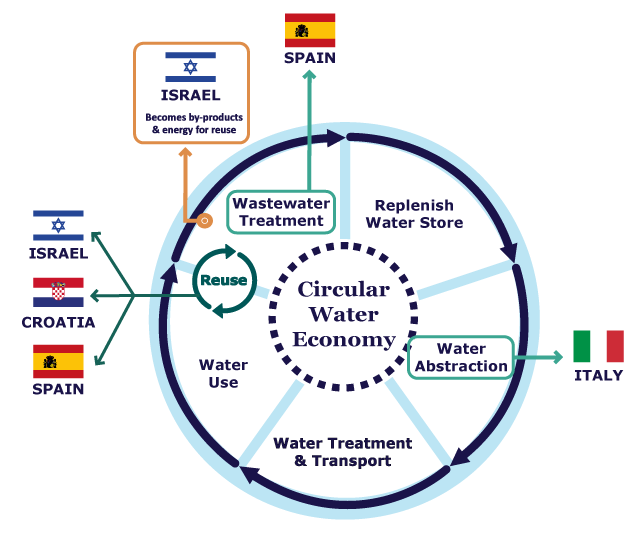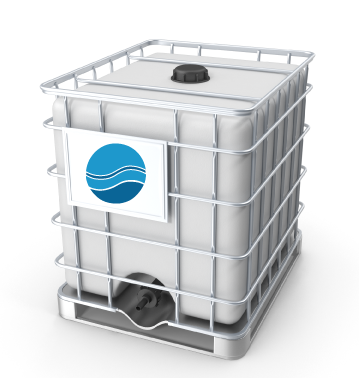Sustainability Analysis
We need a thriving natural environment to survive. But every day, unsustainable production and consumption practices are leading to long-term damage that will affect current and future generations.
Sustainability
The EU-funded Project Ô is addressing the critical challenge of water sustainability
The project is showing how customized, technology-based solutions can be used to transform traditional linear water economies, where water is extracted, used one time, and discharged, into sustainable circular economies, where water is treated and reused continuously.
To enable this transformation, Project Ô is implementing tailored water sustainability innovations that address distinct water challenges in four countries.


In order to ensure that the project’s solutions are truly sustainable, we are conducting a series of sustainability evaluations, including Environmental Life Cycle, Social Life Cycle, and Life Cycle Costing assessments, which show whether our water treatment systems are environmentally friendly, socially just, and economically viable.
We conduct these assessments for each Project Ô water treatment technology module. To ensure comparability between the modules, we define what is called a functional unit to be used as a reference for all our assessments. In Project Ô, this functional unit is one cubic metre (1,000 liters) of treated water.
Environmental Life Cycle Assessment
For the environmental assessment, we first conduct an inventory analysis, which involves gathering and documenting all the inputs and outputs involved in producing one functional unit – or, one cubic metre of treated water.
The environmental assessment includes an impact evaluation based on a set of indicators of environmental outcomes such as global warming. In this case, global warming impact is evaluated by adding up all the greenhouse gas outputs for specific water treatment modules. In Project Ô, the production of electricity needed to power the technologies is the primary source of greenhouse gases.
Social Life Cycle Assessment
When assessing the social implications of water treatments, we start by defining the relevant social factors and documenting evidence about them. In Project Ô, we measure a number of factors including community engagement, feedback, employment, attitudes, and reliability.
In contrast to our environmental indicators, our social indicators are decoupled from the functional unit of one cubic metre of treated water so that the indicator values remain the same, regardless of how much treated water is being produced.
Life Cycle Costing Assessment
The goal of this assessment is to evaluate financial risk in terms of whether there will be losses, profits or neither. We determine one-time costs that do not depend on the functional unit, like the money spent on the water treatment modules. We also sum up the costs that are directly related to production and that do depend on the functional unit, like electricity costs, labour costs, and costs for materials and chemicals.
Because the value of money and the prices of goods generally tend to fluctuate over time, we must account for inflation and price changes when we calculate the costs and revenues for one cubic metre of water for each year within the project timeframe.
